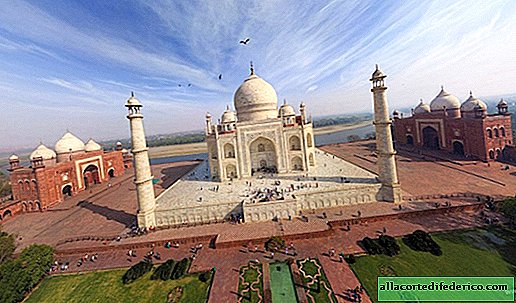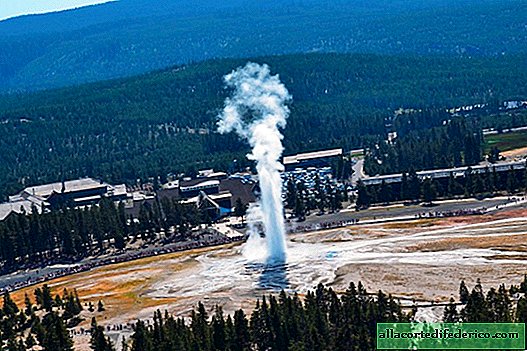Taj Mahal: a masterpiece of the Mughal dynasty on the verge of destruction
Taj Mahal is one of the most visited tourist sites not only in India, but also in the world. Created in the XVII century, the mausoleum is an architectural masterpiece of the era of the Mughals, the embodiment of love and grief. Despite all the efforts of the Indian leadership aimed at maintaining and restoring the monument, the Taj Mahal complex is gradually being destroyed, and recently discovered facts make us seriously think about the future of this mausoleum.

The Taj Mahal Mausoleum is located in the northern part of India, in the city of Agra. It was built by order of the padishah Shah Jahan in memory of his deceased wife Mumtaz Mahal. Construction began in 1632 and ended in 1653. The Padishah belonged to the Mughal dynasty, which came from the famous Tamerlane.

This unique architectural monument harmoniously combines several styles: Arabic, Indian, Persian. The Taj Mahal is an outstanding building of the Mughal dynasty and is considered to be "the pearl of the Muslim art of India."

Historians are inclined to believe that the architect of the Taj Mahal was Isa Mohammed Effendi, of Turkish origin. The construction of the mausoleum was immediately led by several prominent architects of that time, and the padish constantly controlled the process. According to contemporaries, more than 20,000 workers took part in the construction. Inside the mausoleum are two tombs: a padishah and his wife.

The interior of the Taj Mahal is striking in its splendor. The walls, lined with special translucent marble, are decorated with exquisite ornaments and inlaid with semiprecious stones.

No less interesting is the exterior design of the complex. The dome and walls of the Taj Mahal are faced with white marble, which changes color depending on the time of day. On a sunny day, it is dazzling white, in the sunset light its surface is painted in crimson tones, and at night it reflects the silver light of the moon and looks just magical.

Concern for the safety of the complex is manifested at the highest level. Due to its unique architectural and cultural significance, the Taj Mahal was included in the UNESCO World Heritage List and brings a considerable income to the country, because the complex is visited by tens of thousands of tourists every year. You cannot drive to the famous temple: you will have to leave the transport in a special parking lot and walk on foot. This is done so that the exhaust gases do not have a negative impact on the structure. In addition, the country's leadership even closed a number of particularly dirty industrial enterprises of Agra, so that they would not spoil the shining whiteness of the Taj Mahal with their emissions into the atmosphere. According to experts, pollutants still settle on the surface of the complex and have to be cleaned regularly. It is also noteworthy that it is forbidden to fly over the Taj Mahal.

But the yellowing of marble and the settling of dust is not the worst thing that the management of the complex cares about today. Not so long ago, cracks were discovered in the walls of the Taj Mahal. A detailed examination of the scientists managed to establish that the reason for this, most likely, is the shallowing of the Jamna River, which flows nearby. The fact is that in this region of India in recent years there has been a clear tendency in climate aridization: precipitation is becoming less and less, and droughts are becoming longer. The chalking river led to a change in the structure of soils and subsidence of the soil. I don’t know how to stop this process, so the well-being of the Taj Mahal is of serious concern to scientists and the public.


















